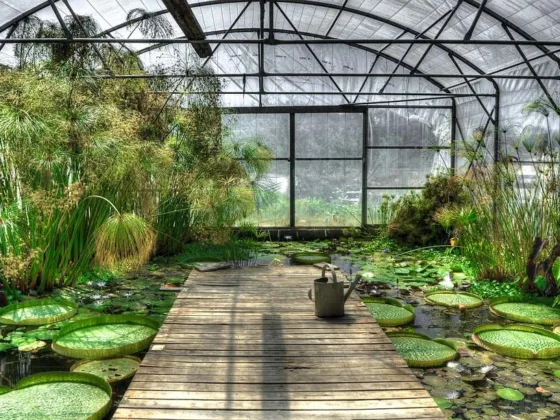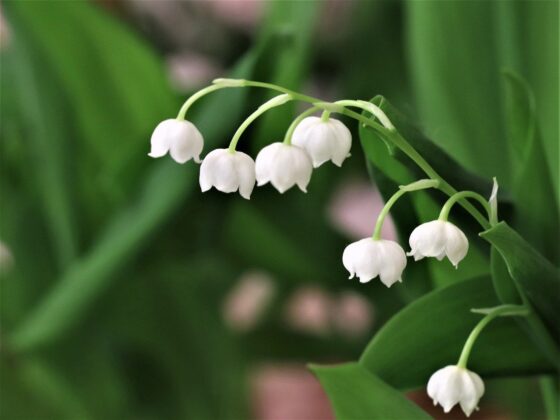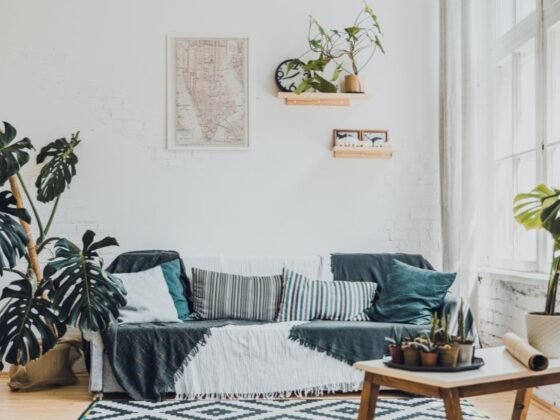Table of Contents Show
There are many advantages to having a compost heap in your garden.
Composting is an environmentally friendly way to dispose of your organic waste, keeping it out of the landfill. It creates nutrient-rich, chemical-free compost that can be used to feed the plants in your garden and help them grow. Best of all, it’s free.

Whilst it is possible to buy ready-made compost bins, rotating tumblers or wormeries that are specially designed to make it easier to compost at home, the good news for those who prefer the DIY option is that starting your own composting heap is not difficult – and comes with zero start-up costs.
To build a composting heap in your garden, you can follow the below steps:
Read Also:
Build Your Base
The first step in building your own composting heap is to lay a base of twigs or straw. Make this layer approximately 10cm deep, to create good drainage.
You should lay this directly on the ground, ideally on bare soil, so that beneficial worms can easily access your compost.
Add Dry Compost
Once your base is laid, add your first layer of dry compost. This could include materials such as dried leaves, straw and sawdust.
Layer Wet Compost
On top of your dry compost, add a layer of moist composting materials, such as fruit and vegetable scraps, and tea bags.
Continue to add alternating layers of dry and wet compost, until you exhaust all your waste materials, and your composting heap starts to take shape.
Add a Nitrogen Source
To activate your compost pile, you need to add a nitrogen source. Good options include lawn cuttings, weeds and green manures, such as buckwheat.
Cover
Cover your composting heap with a plastic sheet or wooden planks, to keep the heat in. This will increase the rate of decomposition.
Water
Water your compost heap occasionally to ensure it stays moist – another essential condition for decomposition. However, be careful not to oversaturate your heap – if it rains frequently, you may not need to add any additional moisture.
Turn
Every so often, you should turn your compost heap using a garden fork. This will aerate and add oxygen to your compost, which is the third essential ingredient for effective decomposition.
Continue Mixing in New Materials
Once your heap is established, you don’t need to keep adding compost in layers of wet and dry materials – instead, simply mix new materials directly into the heap. After a few weeks, you should start to see usable compost forming.
FAQs:
What should I put in my compost heap?
The secret to a healthy compost heap is the right balance of carbon-rich(brown) and nitrogen-rich(green) materials. As a general rule, your compost pile should have a carbon-nitrogen ratio of 2:1.
Carbon-rich materials you can put in include wood chippings, dried leaves, straw, eggshells, coffee grounds and newspaper. Nitrogen heavy materials include fruits and vegetables, food scraps, grass cuttings, flowers and weeds.
What things are not suitable for composting?
There are a few organic materials you should avoid adding to your composting heap. Do not compost meat, dairy, fats or fish scraps, as these can cause your compost pile to smell, and are likely to attract pests. Avoid pet excrement for the same reason.
With other materials, it is important to add them in the right way. For example, grass cuttings should be spread thoroughly throughout the compost, to avoid them clumping together and preventing air from circulating in your compost pile.
How can I stop my compost heap from smelling?
A healthy, well-balanced compost heap shouldn’t smell unpleasant, so there are several things you can try if yours starts to whiff. Firstly, make sure not to put any meat, fish or bones on your compost pile.
Secondly, increase the amount of carbon-rich materials, such as dried leaves and straw, and layer dry grass cuttings on top of the pile every time you mix in new waste materials.
If you have a small garden or live in an area with lots of neighbours who may not appreciate the odour of a nearby composting heap, an alternative might be an enclosed composting bin or wormery.
This post was written in partnership with Up Gardener.









